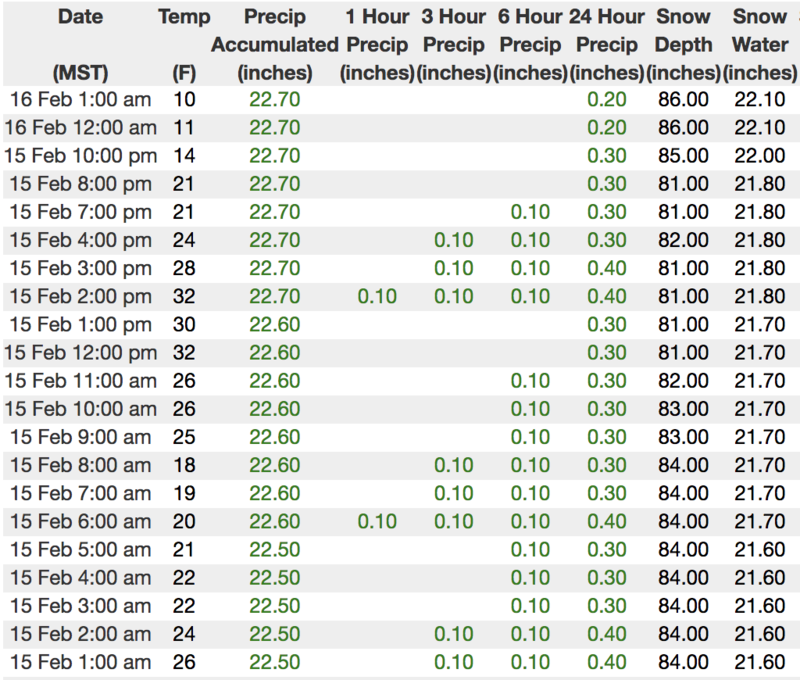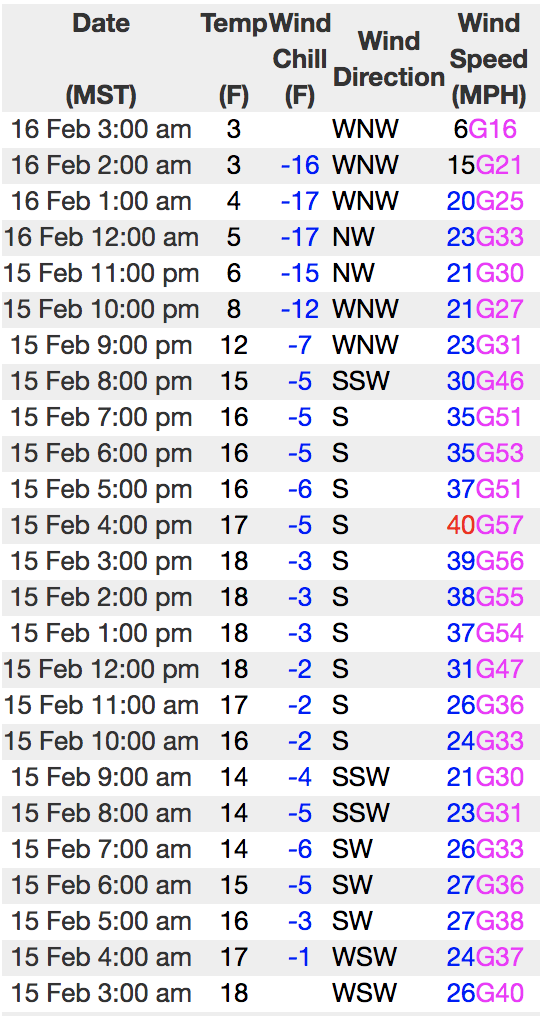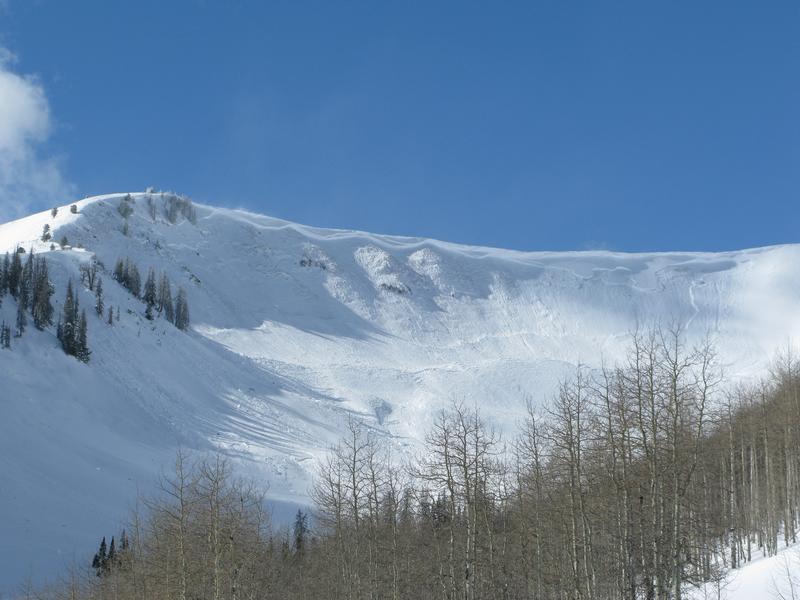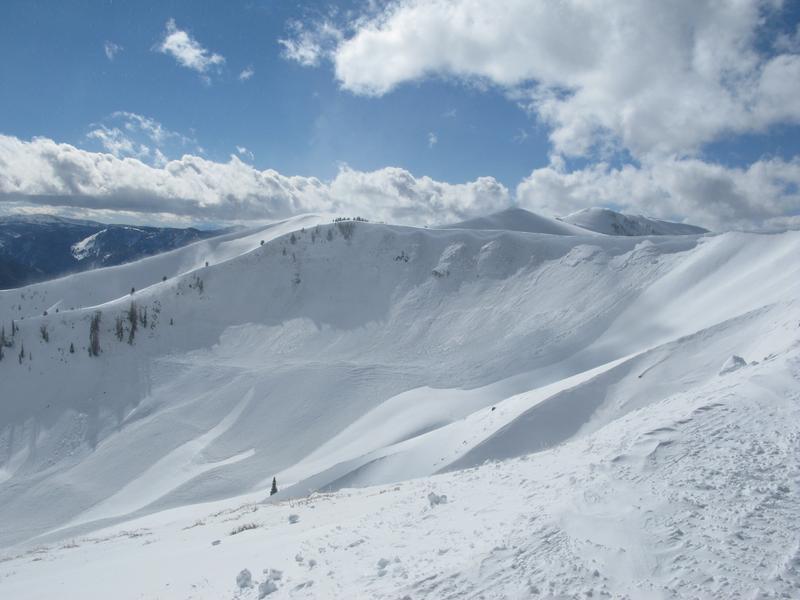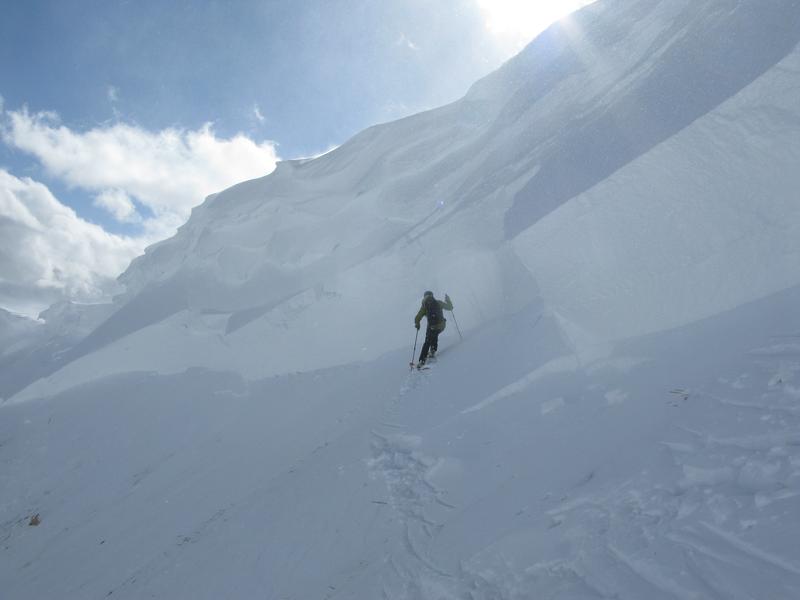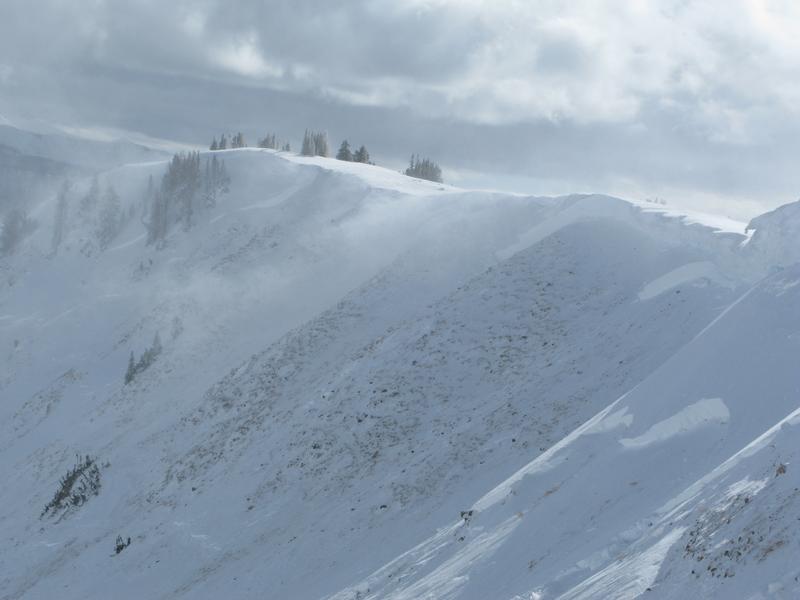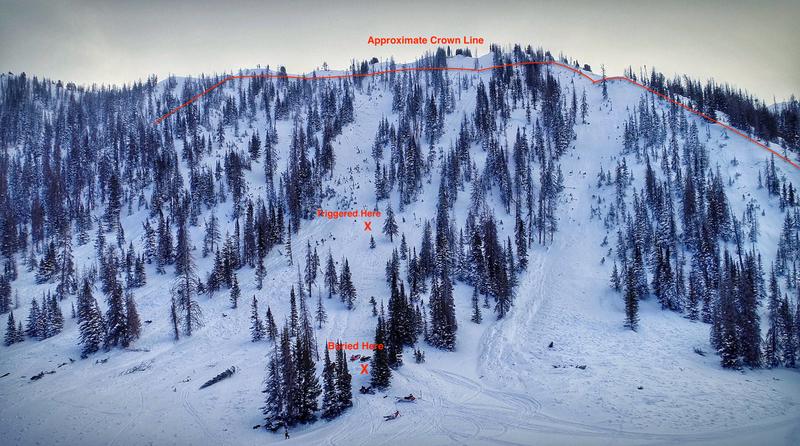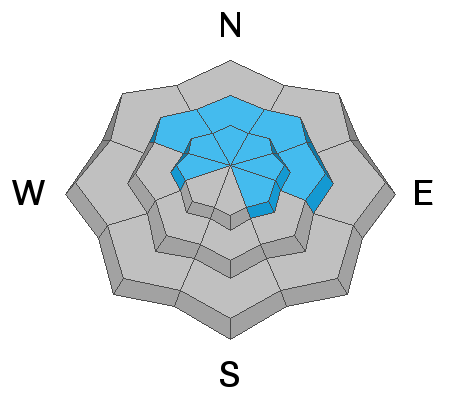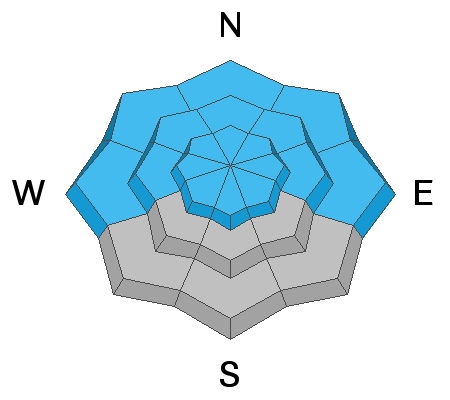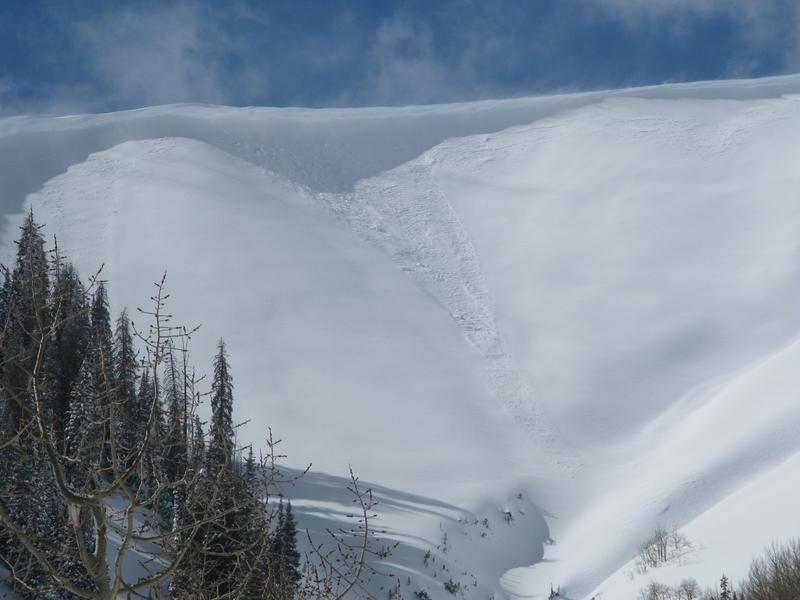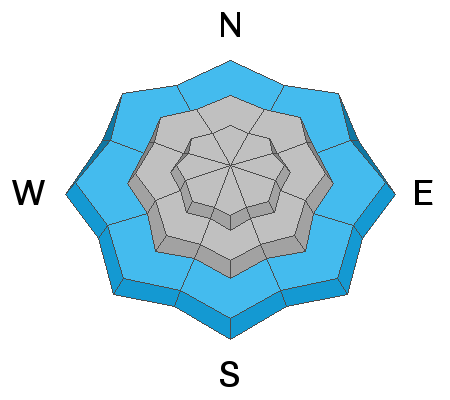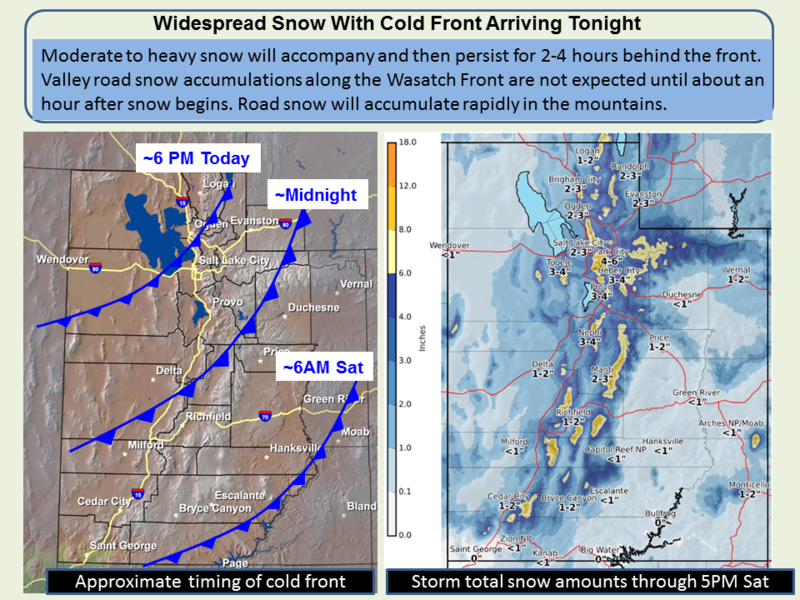Forecast for the Uintas Area Mountains

Issued by Craig Gordon on
Saturday morning, February 16, 2019
Saturday morning, February 16, 2019
In the wind zone, at and above treeline, the avalanche danger is HIGH. Human triggered avalanches are LIKELY on all steep wind drifted slopes, especially those facing the north half of the compass. Any avalanche that breaks into deeper buried weak layers near the ground will result in a very scary, dangerous, and quite possibly unsurvivable avalanche.
You'll find CONSIDERABLE avalanche danger on steep, mid elevation, wind drifted slopes and human triggered avalanches are PROBABLE.
Our trailheads, foothills, and even our own backyards now have a winter snowpack and a MODERATE avalanche danger exists. Human triggered avalanches are POSSIBLE, especially on steep, wind drifted slopes at lower elevations.
Of course you wanna ride, so here's your exit strategy. Choose gentle terrain or big, open meadows with no steep terrain above, adjacent, or connected to where you're traveling. In other words.... simply stay off of and out from under steep, wind drifted slopes.
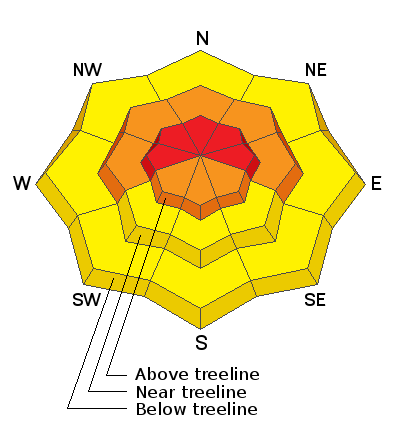
Low
Moderate
Considerable
High
Extreme
Learn how to read the forecast here


